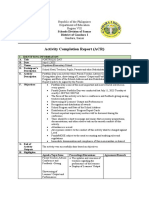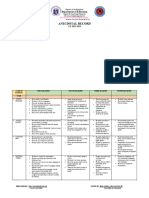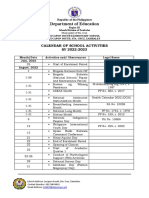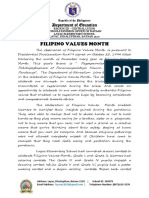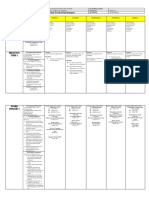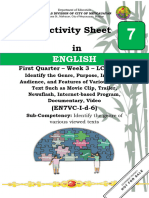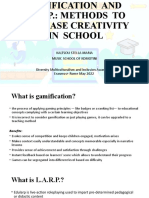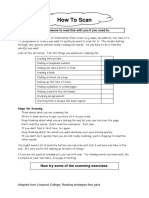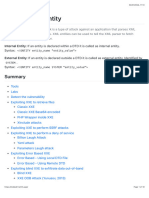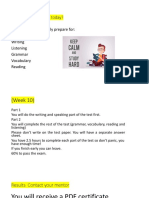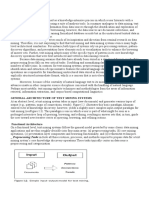0% found this document useful (0 votes)
1K views2 pagesAnnotation Based On PPST Strands
The document provides a table of Non-Classroom Observational Indicators (NCOIs) with annotations related to the Philippine Professional Standards for Teachers (PPST) across various domains. Each domain includes specific indicators, examples of NCOIs, and explanations highlighting the context and importance of these tasks in teacher development. The annotations emphasize that many of these activities occur outside of direct classroom observation.
Uploaded by
George SadoraCopyright
© © All Rights Reserved
We take content rights seriously. If you suspect this is your content, claim it here.
Available Formats
Download as DOCX, PDF, TXT or read online on Scribd
0% found this document useful (0 votes)
1K views2 pagesAnnotation Based On PPST Strands
The document provides a table of Non-Classroom Observational Indicators (NCOIs) with annotations related to the Philippine Professional Standards for Teachers (PPST) across various domains. Each domain includes specific indicators, examples of NCOIs, and explanations highlighting the context and importance of these tasks in teacher development. The annotations emphasize that many of these activities occur outside of direct classroom observation.
Uploaded by
George SadoraCopyright
© © All Rights Reserved
We take content rights seriously. If you suspect this is your content, claim it here.
Available Formats
Download as DOCX, PDF, TXT or read online on Scribd
/ 2
















